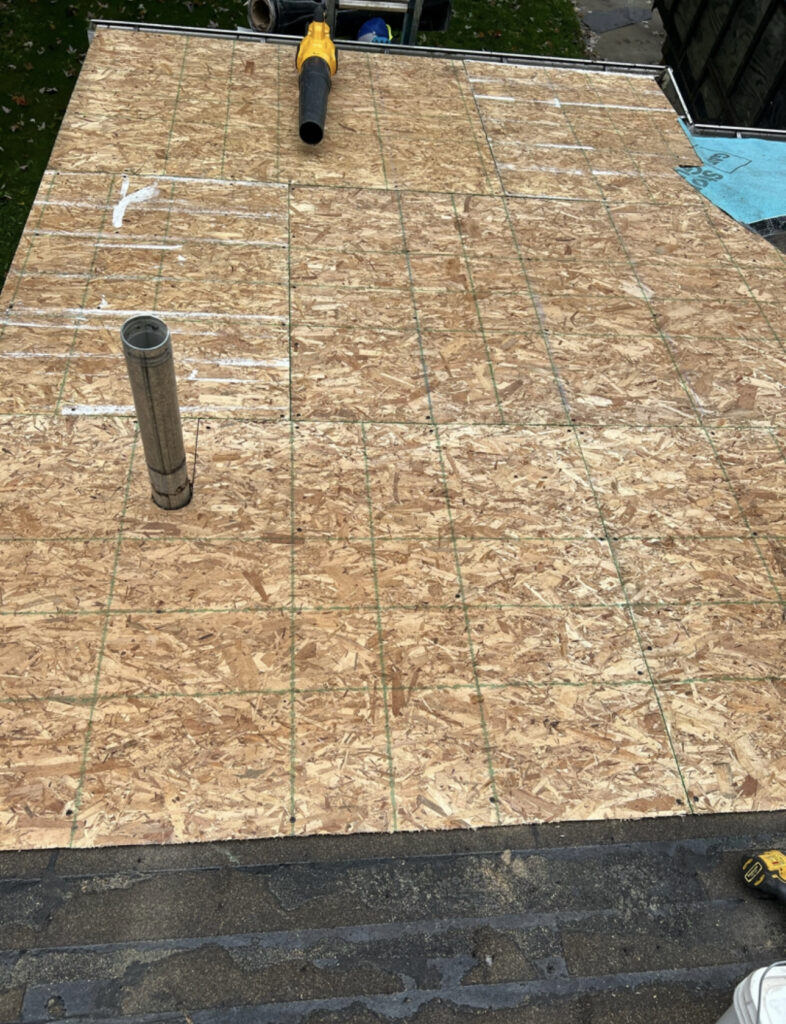Residential Low Slope






Why?
Did you know shingles should not be installed on any slopes less that a 3/12? Using Ice and Rain Shield to covering the entire roof is an option, but far from the best, this can cause a moisture trap rusting out nails, rotting out the decking and a very short life span.
Using a 60 mil EPDM rubber on low slope sections of residential roofs provides several benefits:
- Durability and Longevity: A thicker membrane generally offers better resistance to punctures, tears, and wear and tear compared to thinner options. With proper installation and maintenance, a 60 mil EPDM roof can last 20 years or more.
- Better Water Resistance: EPDM is inherently waterproof, but 60 mil EPDM provides an added layer of protection against potential water intrusion, especially in low slope areas where water tends to pool or drain slowly.
- Weather and UV Resistance: EPDM has excellent resistance to ultraviolet (UV) radiation and extreme weather conditions. A thicker membrane offers better protection against these elements, ensuring that the roofing material won’t degrade quickly.
- Flexibility: EPDM remains flexible even in cold temperatures, preventing it from cracking. This flexibility is crucial in low slope roofs where thermal expansion and contraction can occur.
- Easier Repairs: In the unlikely event that a thicker membrane gets damaged, it’s generally easier to repair and more sustainable than other systems.
- Energy Efficiency: Black EPDM can help in absorbing heat during colder months.
- Cost-Efficient in the Long Run: Although a 60 mil EPDM might be more expensive initially compared to other options, its longevity and reduced maintenance/repair costs can make it more cost-effective over the roof’s lifespan.
In conclusion, It’s especially suited for low slope sections of residential & commercial roofs where water drainage can be a concern, and the potential for pooling water is higher.
Lapeer, MI60 Mil EPDM
Flat Roof – Residential





